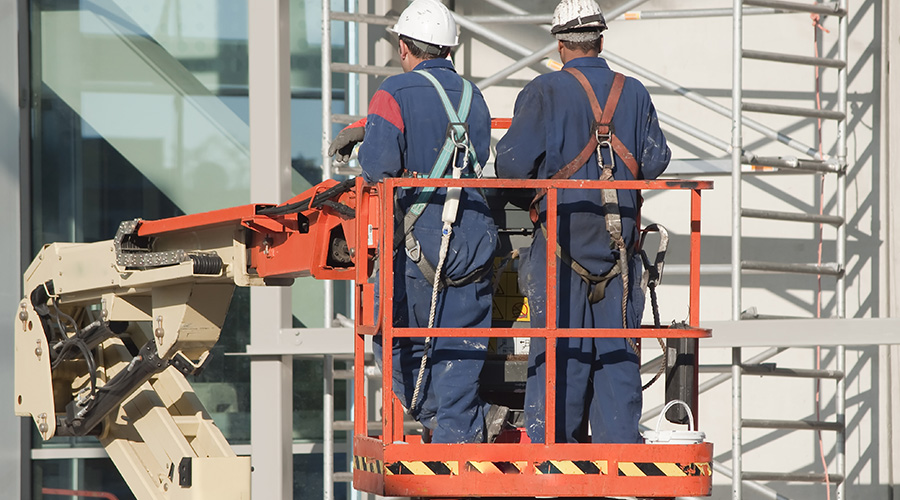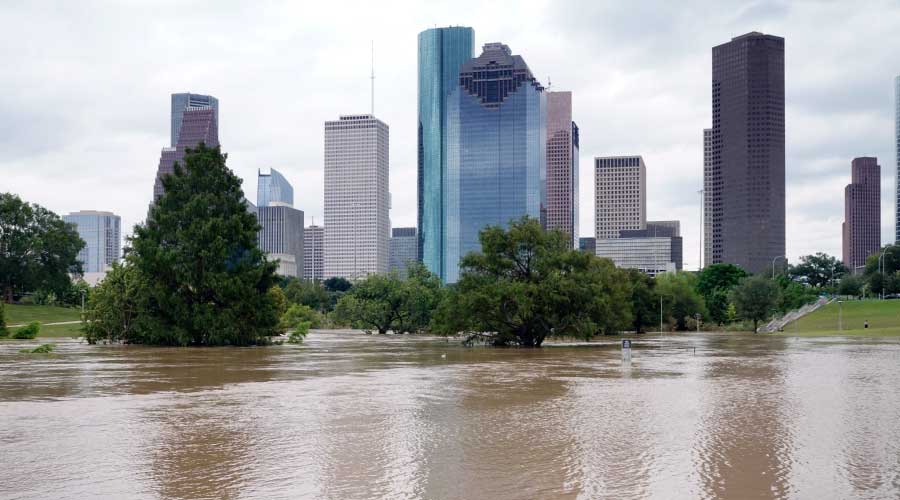Voice Messages Are Important Consideration In Mass Notification Planning
One specific element that needs to be addressed in the early planning is the role of voice messages, specifically pre-recorded versus live messages. In many cases, a mixture of the two will be the settled-upon solution, but clarity is critical to successful message delivery.
"Tell them what to do, because there are going to be people in these facilities like contractors, vendors — they don't know what to do," says Sean Ahrens, global practice director, Aon Global Risk Consulting. "People are going to be running around saying 'Code Black is in effect, Code Black is in effect.' What the hell does Code Black mean? Why's everybody running around?"
Another thing to keep in mind is the importance of saying enough, but not too much. Information overload can be a concern for a number of reasons, including potential liability issues after an event. Keeping messages concise can not only help ensure that people are doing what they're supposed to do, but also help on-site responders and first responders act based only on the most critical information.
"The messaging that you're putting out needs to be well-vetted," says Evenson, who notes that in some cases, the legal department can even be involved in determining the wording for pre-recorded messages.
Another reason for keeping messages short, especially live messages composed as the event is unfolding, is speed. It takes longer to draft an email or live voice message that is a paragraph as opposed to a sentence, and additional time gets added on to every step of the process that is in place to approve messages before sending. Sticking to the basics can speed up the process, because new information can always be sent out later when it's confirmed or details are sorted out.
"Generating that message takes time," says Lang. "You have to get the facts; you don't want to just throw some assumption out there."
Staffing Concerns
Much like other building systems, a mass notification system is really only as good as the people who are operating it. A high-tech system with all the options is great, but if you can't use all the options, what are you paying for?
A couple of different concerns come up in this area. The first is simply making sure that security, facilities, and any other departments necessary know who does what, when to do it, and how to do it.
The first step in this process can sometimes be settling turf wars, says Lang. When Kennesaw State was looking into fire panels that could be part of a mass notification system, he received some pushback from the facilities department, which didn't love the idea of non-facilities people being authorized to activate emergency messages on the fire panels, which Kennesaw State does by having someone in every building who is trained on proper emergency notification procedures.
"Pushback from people can be bigger challenge than technological limitations," Lang says. His main tactic to prevent that pushback is to try to get people to understand that emergency management protocols and technology have undergone substantial changes, which are intended to save lives.
The second concern is staffing levels. If six people are needed to handle all of the steps of the mass notification messages, what happens if you have an emergency on a night when one person is out sick and another is on vacation? Or, in the worst case, what happens if five people are incapacitated in an emergency event?
To combat this, train people on multiple responsibilities. You can also bring in people from other departments for training to serve as backups in the case of an emergency. Regardless of how you decide to handle it, the important thing to keep in mind is that you can't assume you'll always have the number of people — and specific people — in place in an emergency, so contingency plans need to be built in from the beginning.
"It's really tying the program together to make sure that everything is well thought-out prior to an event," says Evenson. "The challenge that we have is no event seems to fall the way we'd like it to fall. It doesn't happen Tuesday morning at 10:30; it's usually 3 in the morning on a Saturday when we have very limited staff capabilities to coordinate the response."
Related Topics:














